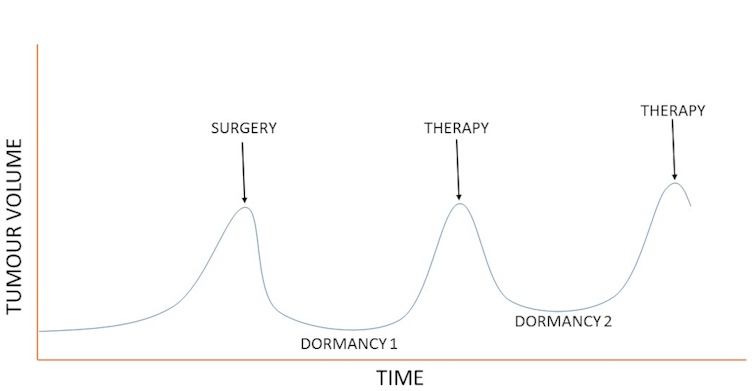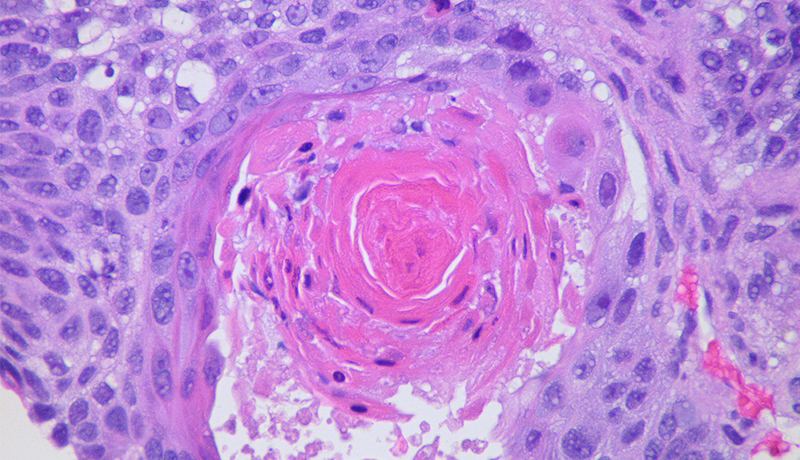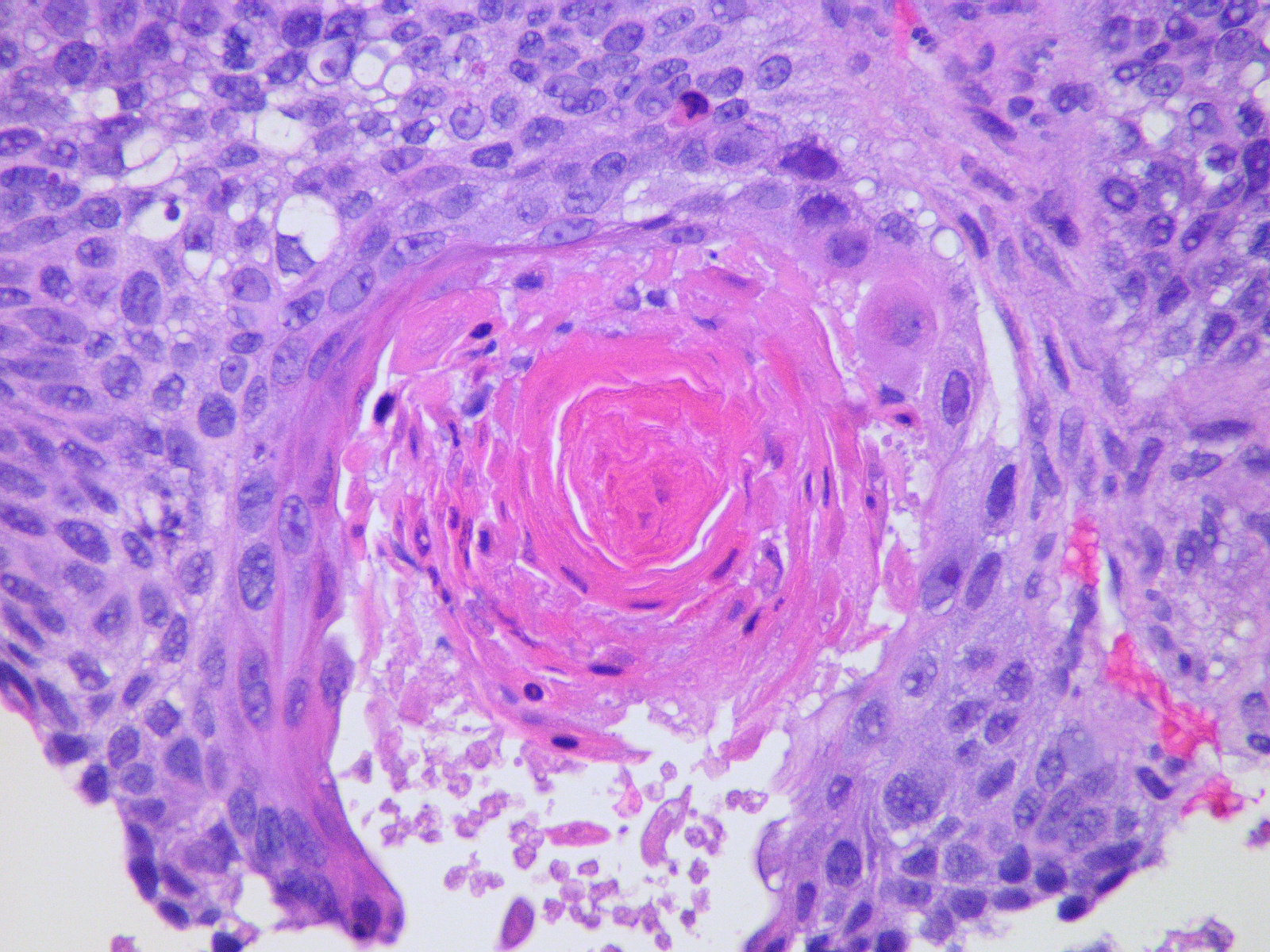If you plot the growth of prostate cancer tumour progression over years, you get a graph that looks something like this:

Dangers of cancer dormancy
 Hedgehogs can hibernate for up to six months each year
Hedgehogs can hibernate for up to six months each year
Detection and treatment
 Squamous cell carcinoma; a variety of cancer that can develop in skin cells and the tissue lining organs
Squamous cell carcinoma; a variety of cancer that can develop in skin cells and the tissue lining organs
![]()


Rate and Review
Rate this article
Review this article
Log into OpenLearn to leave reviews and join in the conversation.
Article reviews